![]() Recently, Fred Foster, owner of Technical Training Professionals, and fellow 3D-animated training proponent, sat down with us to discuss the finer points of using computer-based courses for technical training, and give us his perspective on the future of manufacturing training.
Recently, Fred Foster, owner of Technical Training Professionals, and fellow 3D-animated training proponent, sat down with us to discuss the finer points of using computer-based courses for technical training, and give us his perspective on the future of manufacturing training.
Read below to see what Fred had to say about manufacturing training in general and the use of 3D graphics in particular.
Once you’ve finished, use the comments section below to include your own predictions for the future of manufacturing training, or do share your thoughts about 3D animation and training, or even stuff like virtual reality (VR) and augmented reality (AR) for manufacturing training

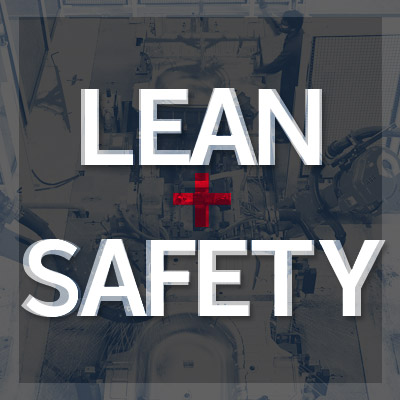 A lot of people are familiar with the lean manufacturing method known as
A lot of people are familiar with the lean manufacturing method known as 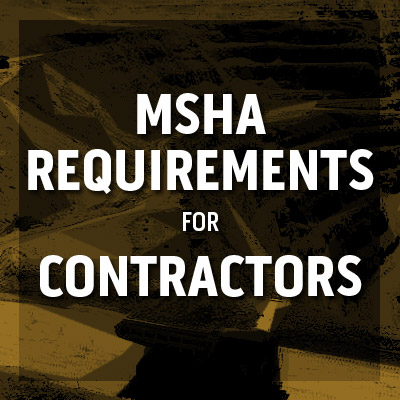 When a contractor is working at a surface mine, it brings up a lot of questions regarding the
When a contractor is working at a surface mine, it brings up a lot of questions regarding the 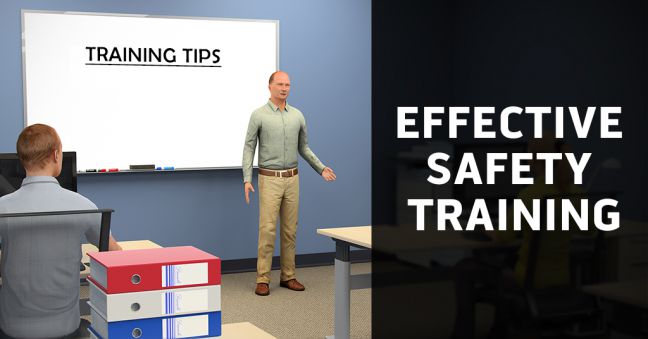

 In an earlier post focusing on
In an earlier post focusing on Job training shouldn’t be designed or delivered in a vacuum. And you probably know that.
Job training shouldn’t be designed or delivered in a vacuum. And you probably know that.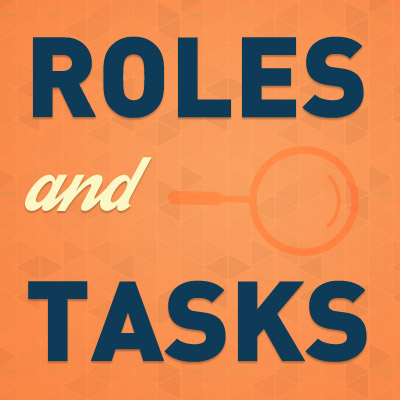 Because we got our start in
Because we got our start in 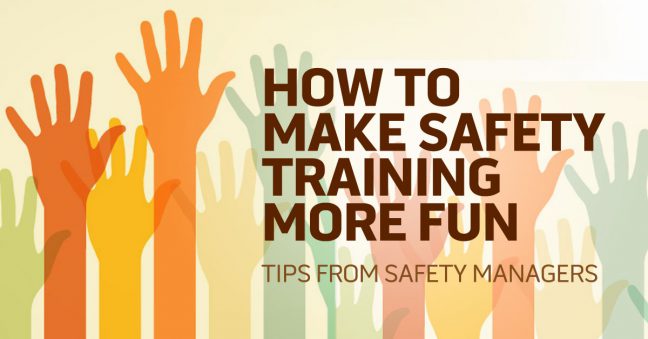
 Many customers come to us wondering if and how they can use online courses for the MSHA Part 46 training programs. In this article, we’re going to address those questions and then take a closer look at how to do it with one of the Part 46 training programs–New Miner.
Many customers come to us wondering if and how they can use online courses for the MSHA Part 46 training programs. In this article, we’re going to address those questions and then take a closer look at how to do it with one of the Part 46 training programs–New Miner. Probably the most famous “steps of training” guidance is the one created by the instructional theorist Robert Gagne. Gagne’s ideas are justly well-regarded and we’ve already written an article about
Probably the most famous “steps of training” guidance is the one created by the instructional theorist Robert Gagne. Gagne’s ideas are justly well-regarded and we’ve already written an article about